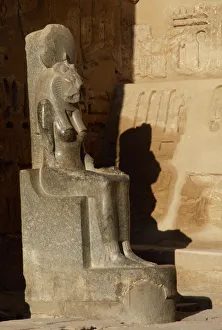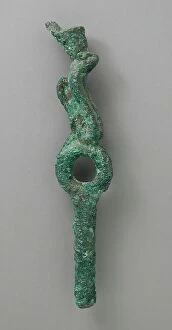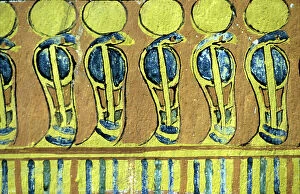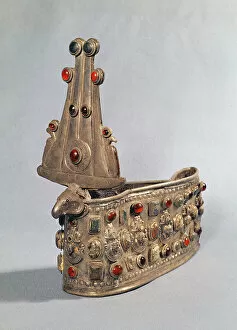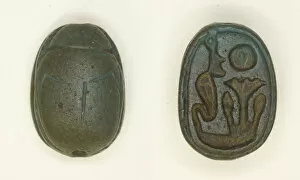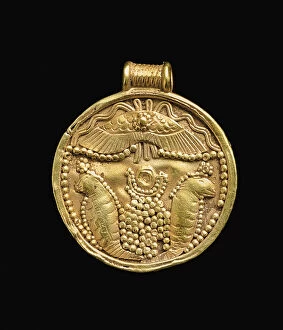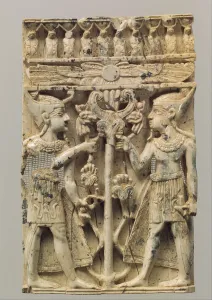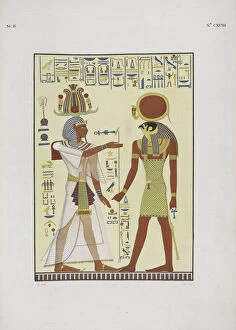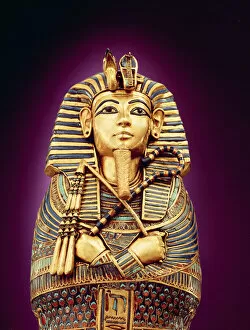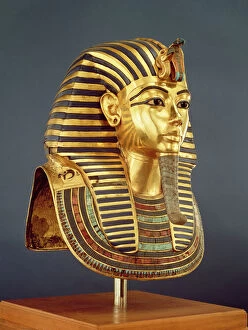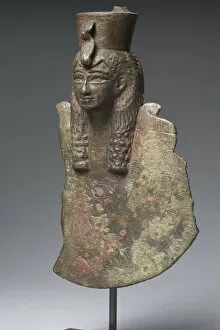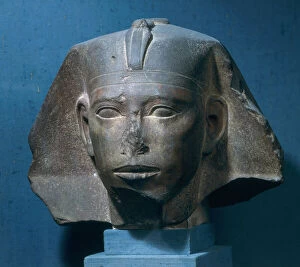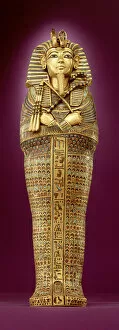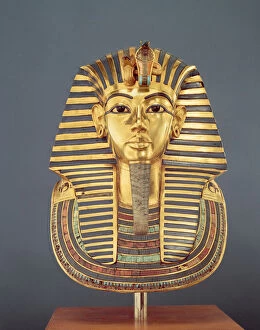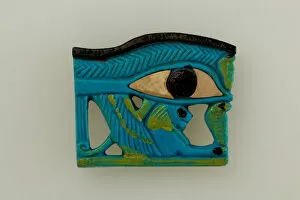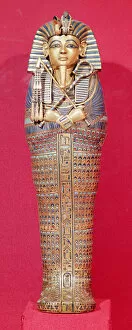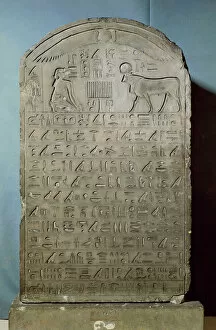Uraeus Collection
The uraeus, a symbol of divine power and protection, is prominently featured in various forms of Egyptian art
All Professionally Made to Order for Quick Shipping
The uraeus, a symbol of divine power and protection, is prominently featured in various forms of Egyptian art. In the sculpture of Medinet Habu, we see the fierce Goddess Sekhmet with an uraeus adorning her headdress, representing her authority as a warrior deity. The Sphinx of Ptolemy XII Auletes also showcases this sacred emblem on its regal head, signifying the pharaoh's connection to the gods. A stunning statue of Amenhotep III and Sobek displays an intricately detailed uraeus on their crowns, highlighting their royal status and association with divinity. Similarly, the Colossus of Ramesses II exhibits a magnificent depiction of an Osiride pillar adorned with an uraeus at its base in the Temple of Gerf Hussein. Egyptian temples such as Karnak feature reliefs depicting Wadjet, the protective goddess associated with Lower Egypt. Her image includes an uraeus on her crown to signify her role as a guardian deity. Additionally, in the Temple of Ramses III, we find a winged sun relief featuring an uraeus as a symbol of protection against evil forces. The significance and influence of this ancient symbol extend beyond Egypt's borders. A royal crown discovered in Ballana, Nubia showcases intricate silverwork embellished with precious stones and features multiple uraei representations. Even Carthaginian culture embraced this powerful emblem; a pendant from that era displays it proudly in gold. Furthermore, a scarab artifact from New Kingdom Egypt portrays an exquisite combination: an uraeus intertwined with lotuses - symbols respectively representing royalty and rebirth - demonstrating their interconnectedness within Egyptian belief systems. Intriguingly, Hathor Sistrum Flanked by Uraei cowroid from New Kingdom Egypt exemplifies how these serpentine figures were often paired alongside other significant symbols like Hathor's sistrum, a musical instrument associated with joy and fertility.

